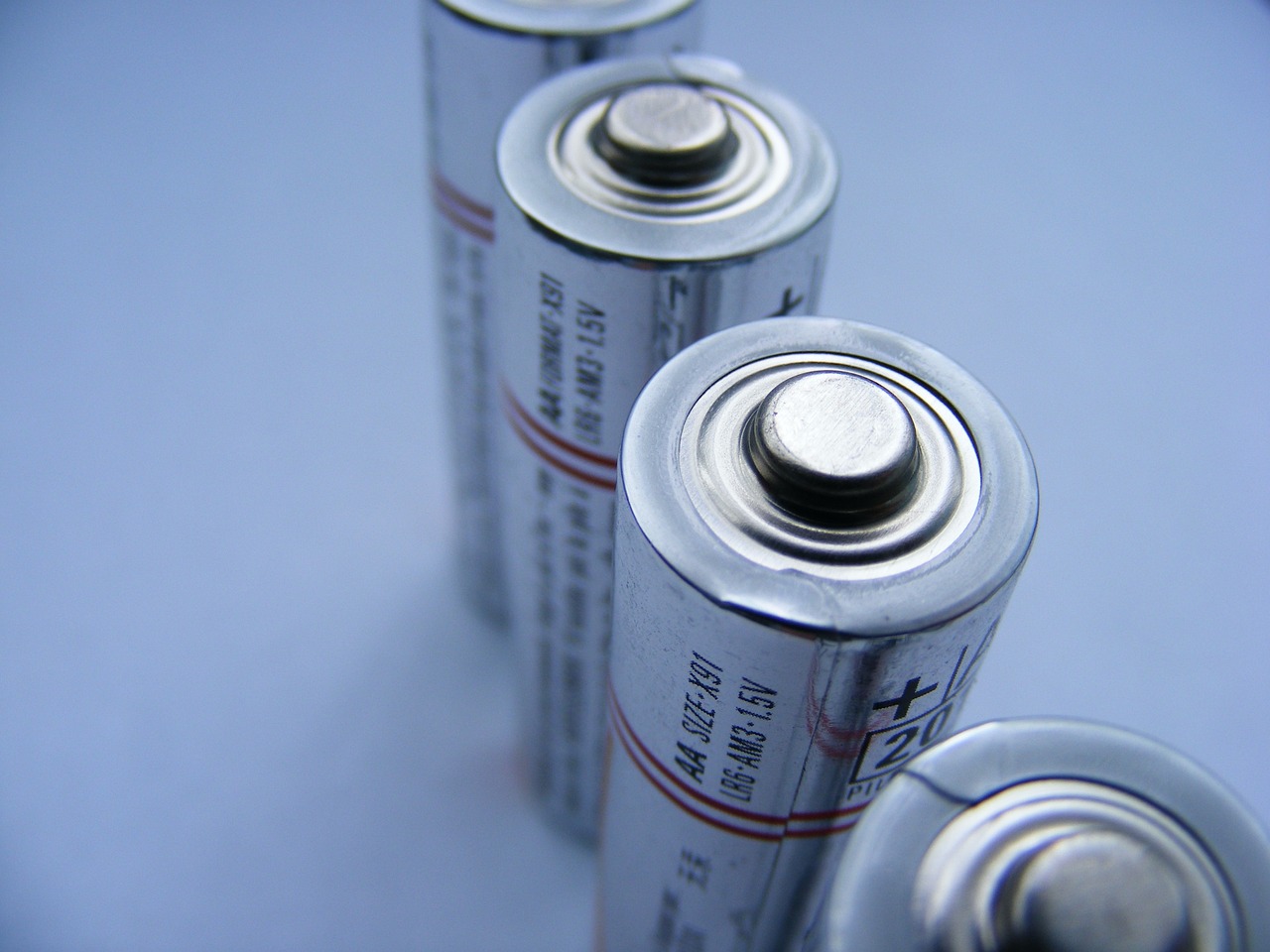This post is also available in:
 עברית (Hebrew)
עברית (Hebrew)
Generative AI tools are becoming more and more central to our daily lives, improving sectors ranging from design to research. However, their growing energy demands are attracting attention, prompting researchers to explore alternative approaches to reduce the carbon footprint of these systems—without compromising performance.
A recent study published in Nature outlines a novel image generation method that uses light instead of conventional digital computing, drastically cutting energy consumption. Developed by a team at the University of California, Los Angeles (UCLA), the system replicates the image diffusion process used by traditional AI generators, but replaces the compute-heavy elements with optical hardware.
Image diffusion models typically rely on a multi-step process: they begin by adding statistical noise to an image until it becomes unrecognizable, then reverse the noise to generate a new image. While effective, this technique requires significant processing power, particularly when scaled to generate large volumes of content.
According to TechXplore, The UCLA team’s system introduces a new approach by first using a digital encoder—trained on open-source image datasets—to produce a noise pattern. This pattern is then transferred onto a laser beam using a spatial light modulator (SLM), a device that manipulates light. A second SLM decodes the beam into a visible image.
Because the entire image synthesis is performed using light, the process consumes a fraction of the power required by standard models. According to the research team, this optical method enables the generation of high-quality images using minimal energy, offering a scalable solution for applications with high-volume needs.
Testing showed that the system could produce full-color images, including portraits and artwork, with results comparable to digital models. Importantly, the energy savings make it viable for mobile platforms, smart glasses, and edge devices, where traditional AI models are often impractical due to power constraints.
As the use of generative AI expands, especially in areas like augmented reality and content generation at scale, low-energy solutions such as this optical system could play a key role in making AI more sustainable and accessible across a range of industries.


























